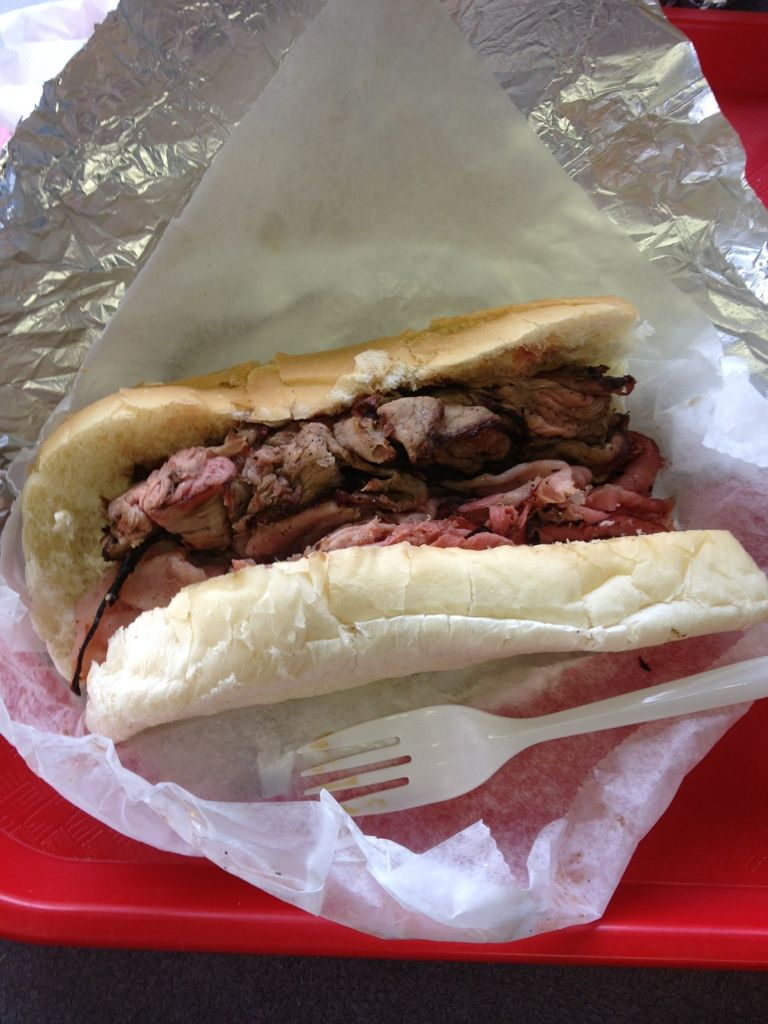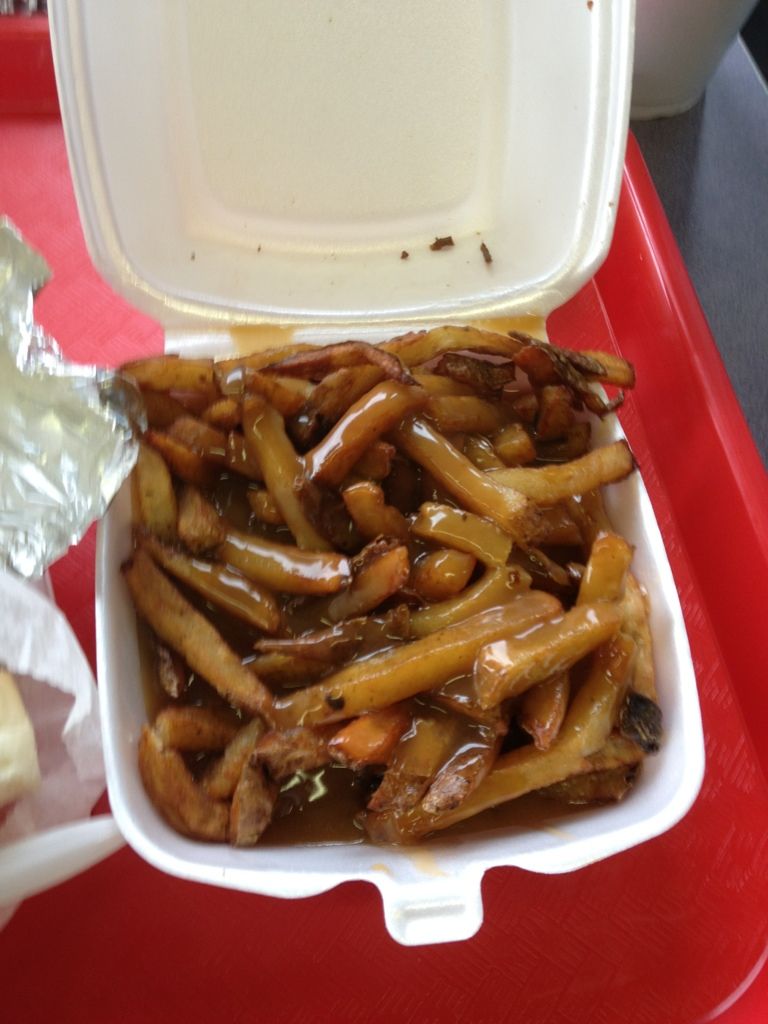But trying new and exotic beers wasn't enough to sustain my beer geekery. So what does one do when they want to take their love of beer to the next level? Homebrewing is the answer. For the longest time I wanted to brew, bought books to get an idea of what would be involved, and even watched how to videos. Despite all that preparation I was still sure brewing your own beer had to be some magical endeavor only a few could do. You always heard people saying do this, don't do that, be careful you don't screw your batch up by doing this, blah, blah , blah. It's very easy to get psyched out of doing it. This blog is my attempt to ease the mind of those of you interested in homebrewing. Did I make a perfect brew my first time around? Hell no. But was it hard? Not at all. If you can read directions, you can brew beer.
More than likely I'll probably end up blogging every time I brew something in the future. I'll share the recipe I used, talk about things I forgot or screwed up, and tell you how the final product tasted. If you have any questions, feel free to ask away. I'm by no means an expert, but I'll help where I can.
The first batch I ever brewed I decided to call Good Friday Irish Red since I brewed it on, you guessed it, Good Friday. The recipe is for a 5 Gallon batch.
Ingredients:
6 lb. Gold liquid malt extract
12 oz. Caramel 40L specialty grains
2 oz. Special B specialty grains
2 oz. Roasted Barley specialty grains
1 oz. Cascade hops
1 oz. Fuggle pellet hops
Yeast
Priming sugar
Step 1: Add 2 Gallons of water to your brew pot. If your pot can handle more than 2 Gallons go for it. Add your specialty grains (12 oz. Caramel 40L, 2 oz. Special B, 2 oz. Roasted Barley specialty grains) to a grain bag and steep them like they are tea for 30 minutes at 155 Degrees. Don't boil the grains! If you purchased your grains without getting them cracked, put them in a bag and run a rolling pin over them a little bit. I didn't go too out of my way making sure they were all cracked because they kept shooting everywhere so if you can get them cracked for you I definitely recommend that. This part of the brew session is essentially just for coloring your liquid. It's what well make your Irish Red, red. At the end of the 30 minutes, remove the bag from the pot.
Step 2: ADD your LME (6 lb. Gold liquid malt extract). I always turn my burner completely off when doing this so that you don't burn or scorch the extract while you're trying to dissolve it . Heating up the canisters of LME in warm water makes pouring them much easier. Once you have the LME mixed in, turn the heat back on. When you see the water boiling add your 1 oz. Cascade hops and boil for 60 minutes. This step is where your beer is going to get it's bitter hop flavor. In other words, without this step your beer ain't gonna taste like beer. At the end of 60 minutes add in the 1 oz. Fuggle pellet hops for 2 minutes. This hop addition is where you'll beer will get it's aroma.
And that's it for the cooking. It's really not hard.
Step 3: Fill your sink up with cold water and place your pot in for cooling. You want to get it down to 70 degrees so that when you eventually add the yeast it's not too hot and it won't kill the yeast. You want to give the yeast a good environment to do it's magic. This part is kind of a pain in the butt and takes a long time but it's easy enough. Eventually I want to get a wort chiller to speed up this process but for the first time brewer it's really not necessary.
Step 4: While you're wort is coming down to temperature it's time to get your yeast ready. I can't remember exactly what yeast strain I used but I know it was dry yeast. You can simply dump yeast into the fermenting bucket if you want, but I decided to get mine going in a little bit of warm water. Make sure you wait until after you've moved your wort from the brewpot into the Fermenting bucket to add the yeast. Don't make a mess, but don't be afraid to be a little aggressive with your pour as this is the only chance you'll have to introduce oxygen to the beer and that's key for happy yeast. Stir the yeast in with a sanitized something or other, put the lid on, add the airlock with a little vodka (water works as well) filled half way up, and set it in the basement for 2 weeks.
Step 5: After 2 weeks, it's time to bottle your brew. For this you'll need to cook a little priming sugar with water. 1 Cup of water and 3/4 cup of Priming sugar should do the trick. Add this mixture to the bottom of your bottling bucket after it's cooled and then it's time to siphon your beer from the fermenter to the bottling bucket. This extra sugar is what will create the carbonation in your beer. I decided to use 22 ounce bottles to do my bottling. It's a pain in the butt to bottle. You end up squatting over on the floor for far too long so anything I can do to minimize that is worth it. Once you have everything bottled and capped, put it back in the basement for at least 2 more weeks.
When you're ready, put some of your beer in the fridge and enjoy the fruits of your labor.
Taste: This Irish Red goes down very easy, has a nice sweet malty taste, with just the slightest bit of hoppy deliciousness on the finish. I was actually surprised how good this beer tasted. The whole time it was fermenting I was sure I had to screw up somewhere along the line and that my beer would taste like trash. Quite the opposite. My brother, an award winning homebrewer in his own right, said that it was "extremely easy to drink" and I receieved quite a few compliments from everyone else that had a sip. In fact, my brother and his girlfriend were more impressed with my Good Friday Irish Red than they were with their beer at Elliot Mills Brewing Company the following night.
Lessons Learned: The biggest mistake I made the first time around was not filtering my wort enough before I put it in the fermenter. All of the hops and whatever other muck in there made it's way into the fermenter. Even though a lot of it got left behind when I racked the beer from the fermenter to bottling bucket, enough got through that it made some of bottles kind of "chunky". This doesn't affect the taste, but nobody really wants to see random bits floating around their beer. I've since learned to pour my wort through a nylon mesh thing to catch all the random bits of gunk. A secondary fermenter would also add in cleaning up the beer.
The other thing I learned was the importance of letting my beers settle in the fridge for at least 24 hours before I drink them. I got over anxious the first day and opened a few bottles after only 5 or 6 hours and they kind of volcano style foamed all over the place.
Oh yeah, and I almost burned our kitchen down. My brewpot is a huge 7.5 gallon pot. Because it's so huge the heat from the burner didn't have much room to escape on the sides and I ended up scorching our countertop. Oops! Since then I went and purchased an outdoor propane burner. I now do all of my brewing outdoors.
Overall, it was a very good first time homebrewing experience. My beer tasted great and I had a great time doing it. It's truly a satisfying thing drinking a beer that you created on your own. If you've ever had an interest in brewing, I can't recommened this hobby enough.





